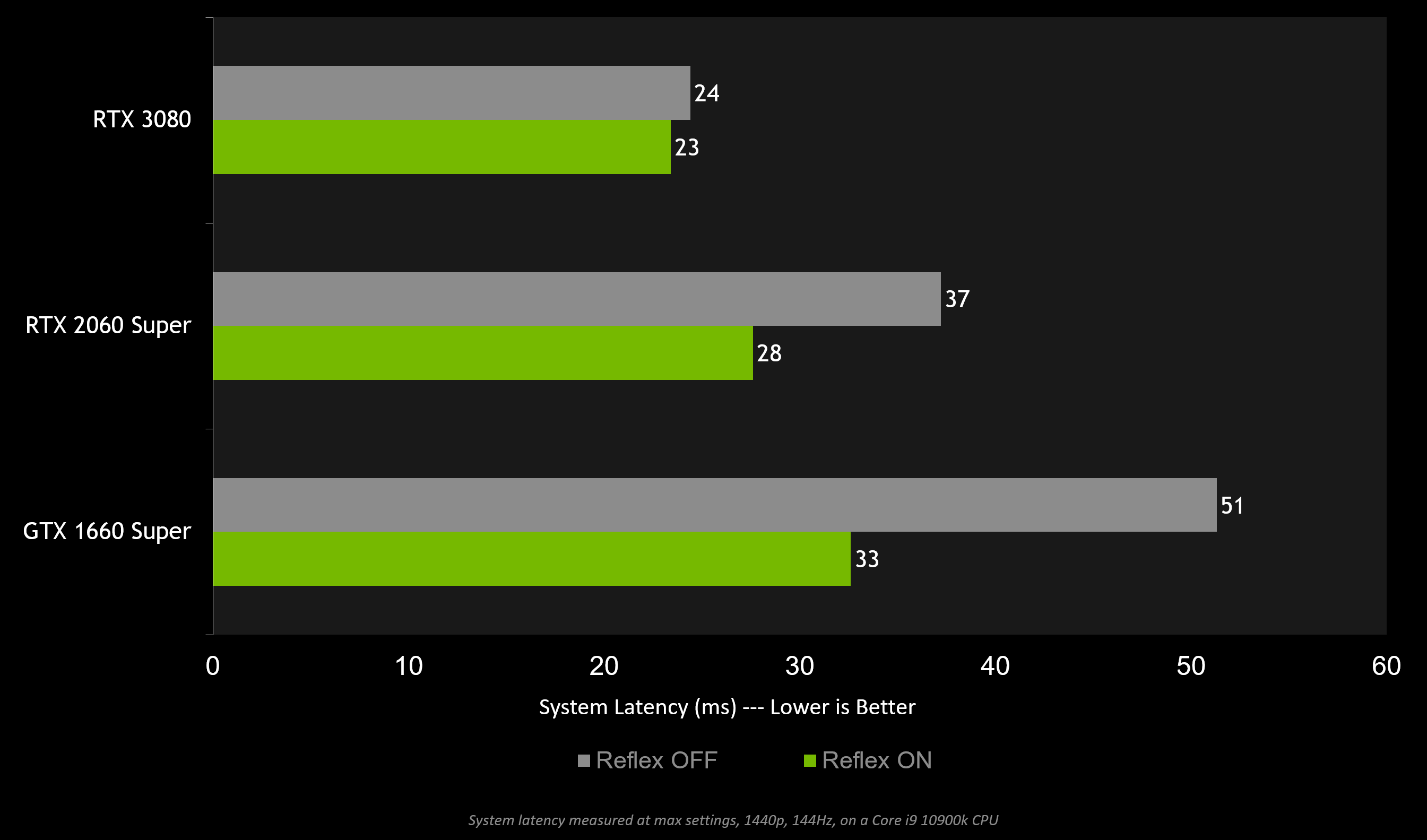

- POWER MANAGEMENT MODE NVIDIA GAMING DRIVER
- POWER MANAGEMENT MODE NVIDIA GAMING WINDOWS 10
- POWER MANAGEMENT MODE NVIDIA GAMING PC

POWER MANAGEMENT MODE NVIDIA GAMING DRIVER
You may notice that in my Xorg config, I use option to skip EDID check for HDMI-0 output - the reason why, is because either driver doesn't recognize my (about 7y old) monitor, or the checksum that monitor outputs is invalid, and then it wouldn't let me use FullHD resolution on that monitor. ~# nvidia-smi -power-limit 60 Bug Incidence The computer itself is a laptop (which explains issues with heat dissipation), a Lenovo Legion Y740, and I have a pretty good cooling pad to help out. I found that default power limit of 80W tends to heat up the GPU enough that it starts throttling itself and cause stuttering - 60W seemed to work perfectly and keep it under 63C during everything, without boosting my fan. But then you may wish to set a Max Refresh Rate limit on Nvidia console, per above.Changing power management limit is not supported for GPU: 00000000:01:00.0.Ĭhanging power limits caused observable changes both in temperature and in performance, so I am pretty sure my GPU supports it. I also recommend turning on Triple-buffering on this screen, which keeps the rendering pipeline unblocked.

(I like 4x for 4k displays… 8x for anything less than 4k. I recommend cranking up the anti-aliasing to smooth the jaggies on the side of the HUD. the 3D view will always be the native resolution and refresh-rate, of the selected monitor on your Windows desktop. These settings are also confusing … because again, if you run borderless mode (recommended, default) some of the selections simply won’t apply. But this really depends on what frame-rate you’re trying to achieve, and g-sync and v-sync considerations.įor everything else, the defaults seem ok. I set my Nvidia control panel power management settings to 'Prefer maximum performance' but I'm not sure if I should.
POWER MANAGEMENT MODE NVIDIA GAMING PC
I do recommend setting a Max Refresh Rate limit, if you run with triple-buffering enabled… which I recommend, for most. What Power Management mode should I use for the best performance My PC doesn't have the greatest airflow so I think this makes my GPU get throttled sometimes. On the 3D settings page… in theory I like Low Latency Mode but in practice I haven’t measured it to have any effect with BMS.

This prevents the PC from ever trying to switch the monitor to different resolution / refresh-rates. I do like to set “perform scaling on GPU” (on the desktop-size-and-position page) which forces Image Scaling = On. These settings are somewhat confusing … if you run borderless mode (recommended, default) many of the selections on the NVidia console (and BMS graphics page) simply won’t apply. For a 6-core system with GTX 1650, I’d probably recommend it – unless you’re maxing out your GPU (keep an eye on TaskMgr).
POWER MANAGEMENT MODE NVIDIA GAMING WINDOWS 10
In borderless-window mode, BMS even seems to support the Windows 10 “fullscreen optimizations” well, as of 4.35.x and later.įor Win10 21H2, I keep Game Mode = On and I add ‘Falcon BMS.exe’ to the list of desktop apps to prefer high-performance mode, although I’m not sure the latter really does anything.įor NVidia 10-series and later, you can turn on HAGS (hardware-accel GPU scheduling) on the “Graphics Settings” page, which will reduce CPU load from DWM.exe but maybe add a little (?) GPU workload. What is your OS? And native monitor resolution / refresh-rate.Īs of 4.36 the defaults are all pretty good… both in-game, NVidia console, and OS settings.


 0 kommentar(er)
0 kommentar(er)
